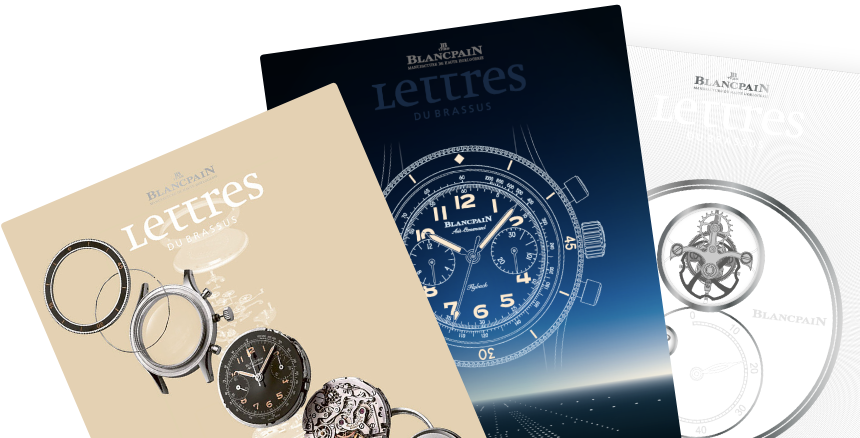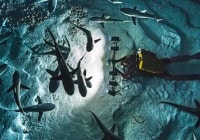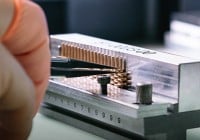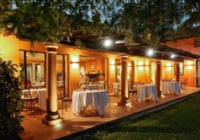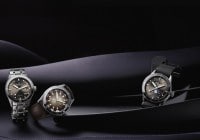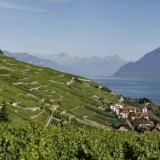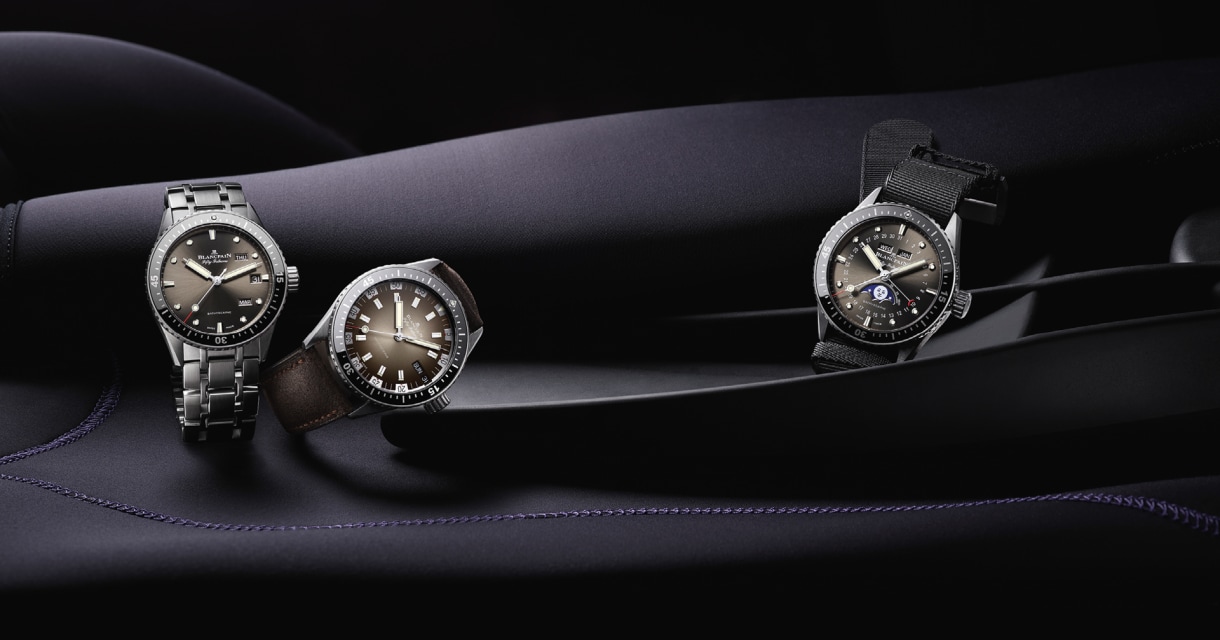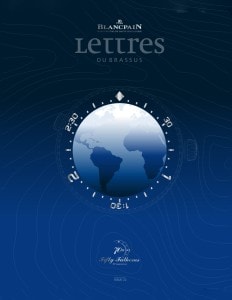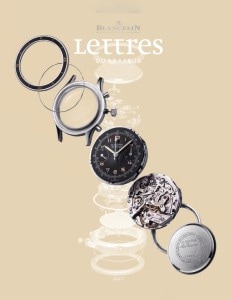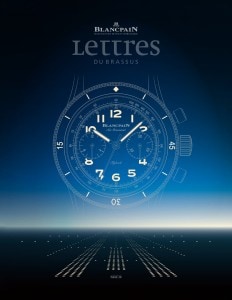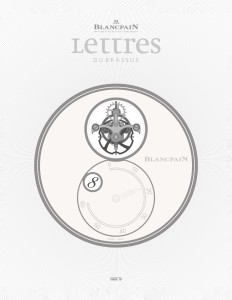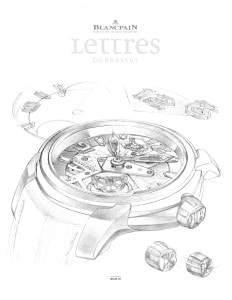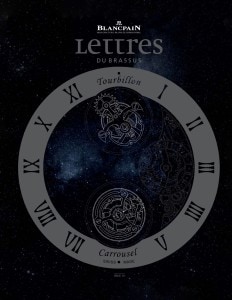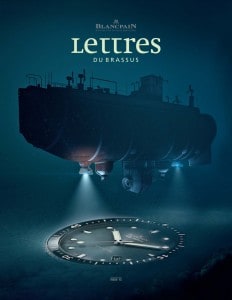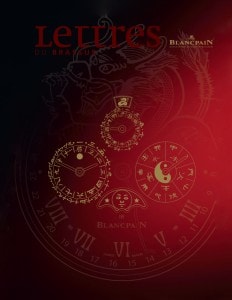
Search in Issues
Chapters
List of parts
Chapter 6
GAJA WINE
The Gaja family’s devotion to every detail has made their Barbarescos and Barolos reference points for the world’s finest expressions of Nebbiolo.
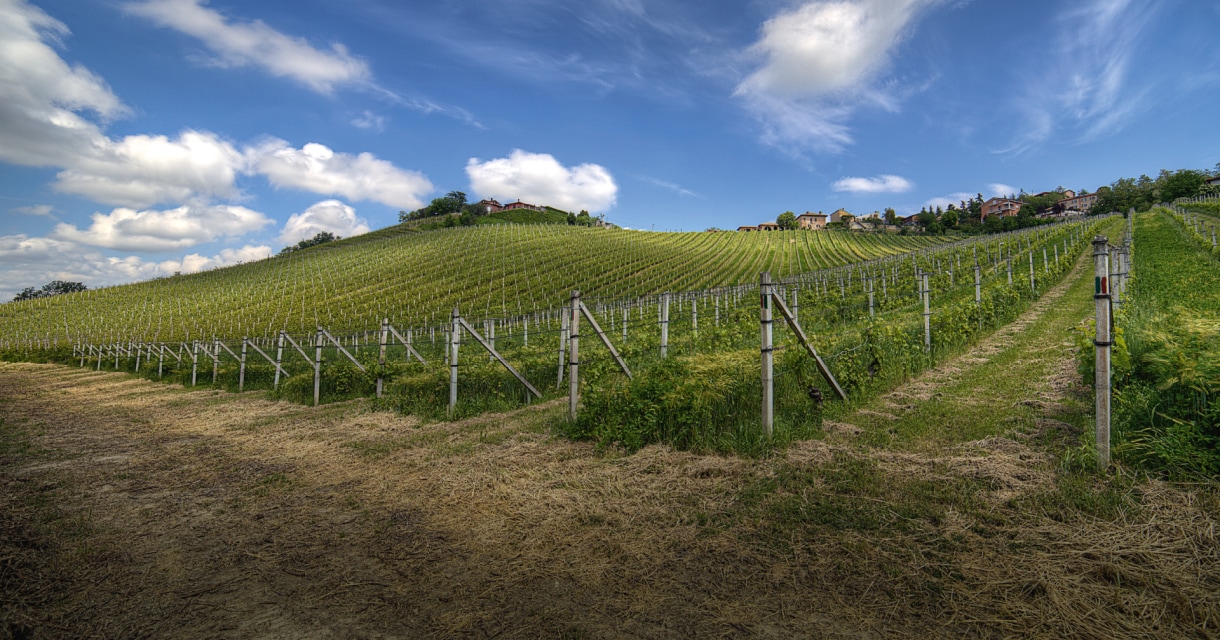
PROFOUND CHANGES over the last half century have propelled wines from the Langhe to the VERY PINNACLE of the world’s great wines.
It has become popular to use the word “revolution” when speaking of signature Barbaresco and Barolo wines. Both of these wines are the pride of the Langhe region located in Italy’s Piedmont and rightly lay claim to being the finest expressions of the Nebbiolo grape in the world. This revolution narrative, promoted and fueled by the documentary film The Barolo Boys, portrays this as a region in turmoil with bold modernists and hard-core traditionalists fiercely battling and belittling each other. According to the story line, the modernists accuse the traditionalists of making overly tannic wines that require decades before becoming approachable; the traditionalists return fire by characterizing the modernists as not only producing wines incapable of aging or evolving, but worse still, of something approaching treason for using barrels from France!
As is almost always the case with strident partisan battles, the truth lies elsewhere. What springs to mind is a wooden placard on the wall of Marc Haeberlin’s kitchen in Illhaeusern (Auberge de l’Ill with more than 50 years anointment of the ultimate three-star honor from Michelin). It bears wisdom from Paul Bocuse: “Classic or Modern: Good Cuisine is Quality Cuisine”. What matters is not the label of traditional or modern, but rather the quality. Fully sidestepping the debate that others would stamp upon the region, this is the mantra of the Gaja family for their stellar Barbarescos and Barolos. They claim only to be in the camp of outstanding wines.
Whether or not one wants to cast today’s Barbaresco and Barolo wines as coming from the opposing groups of modern or traditional, there is no denying the profound changes that have occurred over the last half century and have propelled these offerings to the very pinnacle of the world’s great wines. A bit of history showcases just how fundamental the transformation has been. Consider this glimpse of the past from Ottavio Ottavi, the founder of Italy’s first journal of viticulture and enology. Not mincing words, he wrote: “It is an undeniable fact that at present we make very little fine wine, much poor wine, and a lot of vinegar… One bottle is worthy of a Pope’s palate, while another is barely fit for cooking bell peppers.” Much of this dreary assessment of the past can be laid at the feet of the historical absence of a thriving export wine trade.
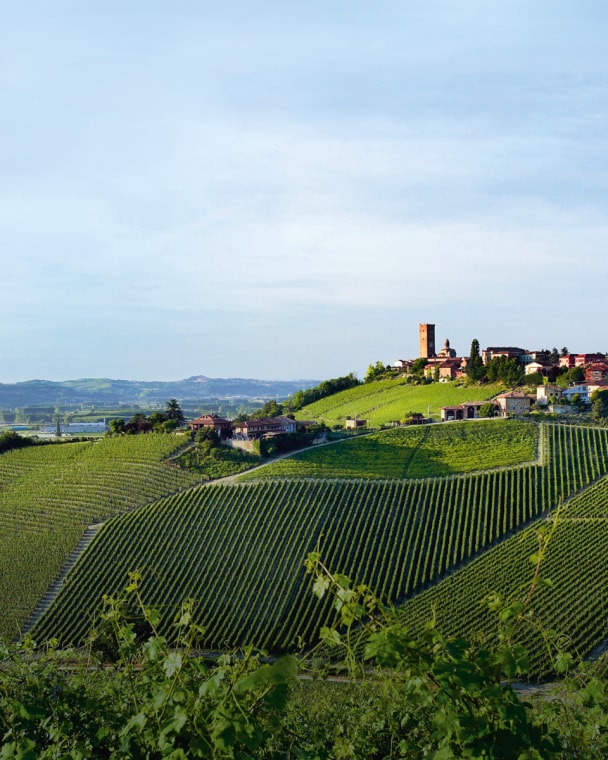
Gaja’s Sorì San Lorenzo, Sorì Tildin, and Costa Russi vineyards, acquired when they were in neglected states in the 60s and 70s, have been transformed, becoming REVERED NAMES.
Unlike France that boasted enthusiastic foreign markets, for decades the British wine trade, later joined by America, Italy, particularly in the Langhe, had essentially none. As a result, as late as the early 1960s, wine was a secondary crop in the region. Gazing upon today’s immaculate Barbaresco and Barolo vineyards, it is hard to imagine that other crops were planted between the rows of vines. More wheat than grapes was harvested. Hedging their bets, vineyard owners often turned to animals, fruit and hazelnuts (a specialty of the Langhe) as main sources of income. As for the wines, lacking an eager foreign market, most were consumed in the region, and accordingly fetched dismal prices.
This decidedly unglamorous state of affairs is what confronted the Gaja family at the time when the current family patriarch Angelo Gaja received his diploma in 1961 from the school of viticulture and enology in Alba. At the time, Angelo’s father, Giovanni, managed the family’s wine business in Barbaresco. Giovanni, though, had it better than most in the region. Giovanni’s principal source of income came from his profession as a geometra (surveyor) which freed him from the compromises that confronted those totally dependent upon their vineyards for support. When the wines failed to meet his standards of quality, Giovanni could bear the loss by selling them off as bulk wine, an alternative not economically feasible for many other vintners in the Langhe. His devotion to quality developed a following. In the 1950s, when Barbarescos fetched generally between 300-600 lira per liter, Giovanni’s wines commanded the then stratospheric price of 1,200 lira.
Without a market outside the region and the resulting depressed prices for wines, many vintners despaired, placing precious parcels up for sale. Giovanni was able to seize the opportunity with key acquisitions in Barbaresco: Sorì San Lorenzo purchased in 1967, Sorì Tildin purchased in 1970 and Costa Russi in 1978. Today these are revered names. However, when they were purchased, these parcels were far removed from the radar of the world’s enophiles. Angelo describes the parcel that he later named Sorì San Lorenzo as being in “ruins” with an owner who “grumbled about how much it was costing him… and a sharecropper who was forced to do somersaults to make ends meet”.
Nor did these vineyards then bear the names by which they are now known. Italy parts company with France when it comes to naming vineyards. Overwhelmingly, it is the practice in Bordeaux and Burgundy that wines are named simply with the appellation, without further
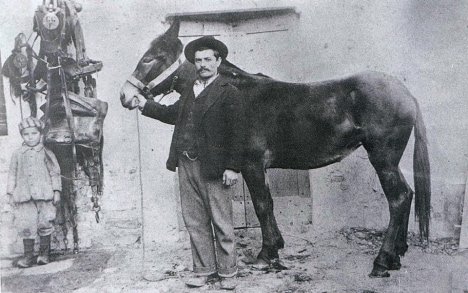
Young Giovanni Gaja with his father Angelo, 1913.
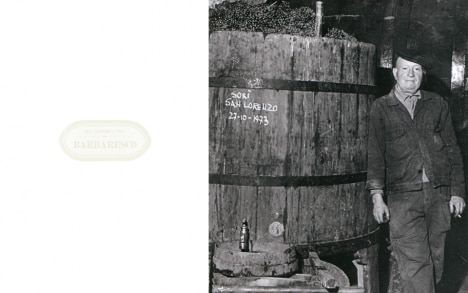
A vat with the 1973 harvest of Sorì San Lorenzo.
Among Angelo Gaja’s MANY INNOVATIONS in his winemaking was REDUCING YIELDS to enhance quality.
elaboration or delineation. Thus, a Chambertin Clos de Beze or a Chassagne Montrachet Les Ruchottes carry the names of their appellations and nothing more. In French parlance these are “crus” and for centuries, the precise boundaries for each cru and the rights to use the names have been established and, indeed, tightly controlled. There are some rare exceptions where supplemental names have been added to the cru vineyard designation such as Bernard Gros’ Clos de Vougeot “Musigni”, with “Musigni” being added specifying a particular sub-parcel within the grand cru of the Clos de Vougeot, or Etienne de Montille’s Vosne Romanée Les Malconsorts “Christiane”, again calling out a specific small area within the premier cru Les Malconsorts. These are, however, nearly singular exceptions to the general cru naming practice.
When Angelo assumed the reins from his father in 1970, he built upon the wisdom of Giovanni’s acquisitions by recognizing that these three sub-parcels were special terroirs. The uniqueness of their soils, positions on the slope, exposure to the sun and influences from the Tanaro River merited vinifying them each separately, departing from the general practice of blending wine from multiple vineyards. That, of course, led him to identify them by unique names to signal their terroirs. Two were in what is today known as the Secondine vineyard adjacent to the village of Barbaresco. The Secondine sub-parcel now known as Sorì San Lorenzo was named after the patron saint of the Alba Cathedral (“Sorì” local dialect for a south facing hillside); the other Secondine sub-parcel, Sorì Tildin, was named after his grandmother, Clotilde Rey. The third acquisition made by his father, found in the Roncagliette vineyard, Costa Russi, was named for the previous owner.
Vinifying and bottling these three sub-parcels separately, allowed each of them to express themselves differently. Costa Russi is the softest of the three and the most approachable when young. Sorì Tildin has firmer tannins and generally higher acidity. Sorì San Lorenzo is the spiciest, most powerful and concentrated of the three and the one requiring the most aging.
When Angelo began labeling in this way, the practice in Barbaresco and Barolo was only to name the region itself. Thus, wines were sold as DOCG Barbaresco and DOCG Barolo. Recognition of vineyards such as Secondine and Roncagliette, both located within DOCG Barbaresco, had not yet begun. Indeed, mapping and defining specific vineyard areas such as Secondine or Rocagliette, only relatively recently concluded, has been a twenty-year project of Consorzio di Tutela Barolo Barbaresco Alba Langhe e Roero.

Viewed from the perspective of history, Angelo’s decisions concerning these three vineyards was manifestly bold and forward thinking. Where the practice was to vinify blends from several vineyards, he was vinifying and bottling singly for each. Likewise, where Barbarescos were generally sold with no specific vineyard designation, he went further with his specific identification of what was a sub-parcel.
Although bestowing names upon specific sub-parcels may have departed from general French practices, Angelo plainly was influenced by his time spent in France after graduation and before taking over from his father. His focus was razor sharp in elevating the quality of the Gaja wines to the top ranks of the wine world’s elite. In common with the most successful winemakers across the globe, his quest for quality did not turn on a single element, rather it was multidimensional. Many of his innovations were aimed at reducing the yields from his vineyards. It is well understood that, done correctly, limiting the yields increases concentration of the fruit and, thus, the quality of wine. One of his methods was to increase the density of plantings (forcing the vines to struggle). Another was changing the orientation of the rows so that they followed the slope rather than running across it. But it was his third technique, aggressive pruning of buds, that raised eyebrows and caused a sensation in the Langhe, indeed a mini-tempest. He resolved to prune his vines so as to leave only twelve buds per vine (later he was to reduce that number to eight), where many growers allowed twenty or more. Consider that trimming off a single bud for an acre of vines would reduce the harvest quantity by 1,600 clusters. Angelo’s decision was to trim many buds, profoundly diminishing the yields. Popular opinion among the village gossips wondered about his sanity and, more practically, whether his enterprise would fail so that he would be unable to pay his workers. Reducing quantities even further, Angelo instituted “green harvesting”, cutting off clusters before full ripening so that the vine can focus its energy on ripening fully the remaining clusters.
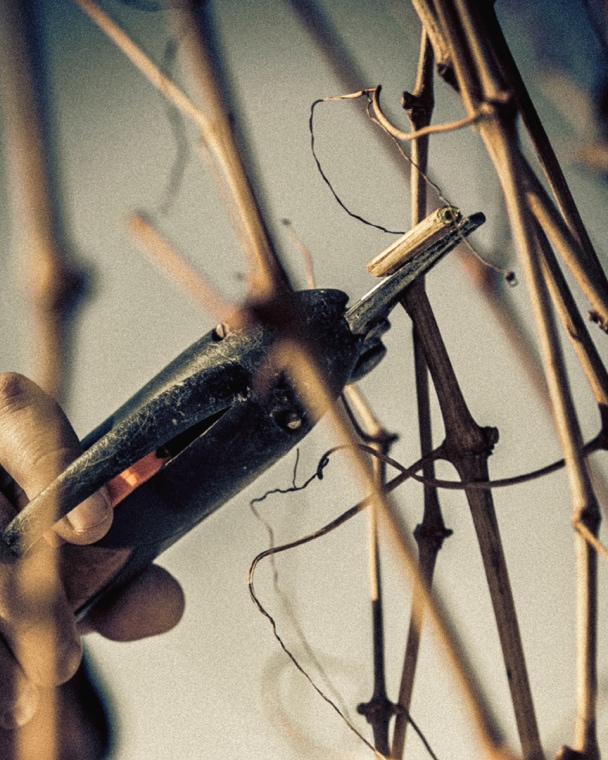
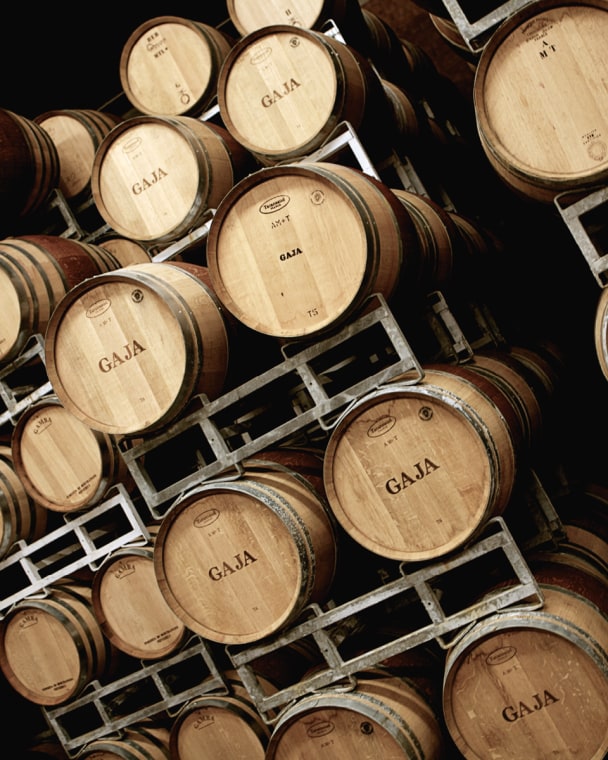
Gaja firmly believes that THERE IS NO SINGLE method for producing GREAT WINE in the Langhe.
Other measures to increase quality have followed.
Recently, Gaja has reduced the height of the vines’ leaf canopies to respond to warmer temperatures. With fewer leaves the vines grow more slowly, reducing the amount of sugar that would otherwise be produced with elevated heat. Excess sugar leads to overly alcoholic unbalanced wine. Even bees have been the subject of scrutiny. He has promoted colonization of bees not only to fight other insects naturally without pesticides, but to take advantage of their yeasts.
Additional steps which he instituted were in the cellars: temperature-controlled vinification, shorter maceration periods, using French oak barrels with a mixture of new and one-year-old and sized for 225 liters (standard size in Burgundy and Bordeaux), whereas the local practice was to age the wine in
big barrels (often 2,000 liters, sometimes as much as 15,000 liters) which were re-used for many years, and longer corks.
What is remarkable about Angelo’s changes is that he brought them about following and notwithstanding the great successes of his father Giovanni. Reflecting his strong convictions, the old adage “if it’s not broke, don’t fix it” plainly did not apply. Indeed, not all of his transformations were greeted with affection within the family. When he converted one of the family’s vineyards in Barbaresco from Nebbiolo (all DOCG Barbarescos and Barolos must be 100% Nebbiolo) to Cabernet, doubly controversial for being not just something different from Nebbiolo but French as well, his father, Giovanni, not only refused to drink it, he affixed the name “Darmagi” to the parcel. “Darmagi” means “what a pity”.
So how would the partisans in the modern vs. traditional debate categorize Gaja’s methods? Neither place, actually. It would be incorrect to tag him with the modernist label simply because he chose a different course from his father for many winemaking practices. As the family views it, those transformations merely represent the belief that there is no single method for producing great wine in the Langhe. Take for example his decision to plant the Darmagi Cabernet vineyard or another, controversial at the time, to grow Chardonnay for his Gaia & Rey (named after his daughter, Gaia, and his grandmother, Clotilde Rey) bottling. Hardliners held the view that the Barbaresco’s grape should only be Nebbiolo. Certainly, Nebbiolo prospers in Barbaresco and Barolo, yet why should that preclude other varieties, particularly when in the more distant past, vintners produced many varieties?
Angelo Gaja has passed responsibility to his THREE CHILDREN Gaia, Rossana, and Giovanni.
Nor does his use of French oak justify a modernist label. When a few vintners broke ranks and identified themselves as the modernists, some of them embraced French oak barrels as an end unto itself. The result: wines that were often dominated by oak flavors. At Gaja, French oak is but one element in the crafting of their wines. Generally, the Barbarescos and Barolos spend one year in French oak barrels, followed by one year in the large barrels. But that is not an inflexible rule. The periods are adjusted according to the characteristics of the crop to the degree that, in certain cases, French oak would not be used at all. For each vintage, the wine is tasted after fermentation and the decision is made not only concerning time that will be spent in the small French barrels, but the percentage of new barrels vs. one-year-old barrels.
Today, the Gaja family owns 250 acres of vineyards in Barbaresco and Barolo. Added to the flagship three sub-parcels in Barbaresco, Gaja began similar single vineyard bottlings in Barolo, naming them Sperss and Conteisa. Of course, they offer, as well, both Barbaresco and Barolo bottlings which are made up of blends from multiple vineyards. For example, their DOCG Barbaresco is a blend of fourteen different vineyards from around the villages of Barbaresco and nearby Treiso. Even though these bottlings are blends, the grapes are harvested, vinified, and aged separately before being combined at the time of bottling. Through this method, Gaja can decide the relative percentages from each of the vineyards to put into the final blend. Success in the Langhe has enabled Gaja to expand its operations to Tuscany with wines from Montalcino: Pieve Santa Restituta and Ca’ Marcanda.
Although he remains active, Angelo Gaja has passed along responsibility to his three children, Gaia, Rossana, and Giovanni. The family proudly boasts that there is no organization chart assigning specific responsibilities among them. Instead, all of the members of the family, including Angelo’s wife, Lucia, at any given time take part in all of the activities of the house: decisions on winemaking, tasting, greeting visitors, tending to customers both in Italy and abroad. This is as it should be for a family that proudly presents wines bearing its name. •

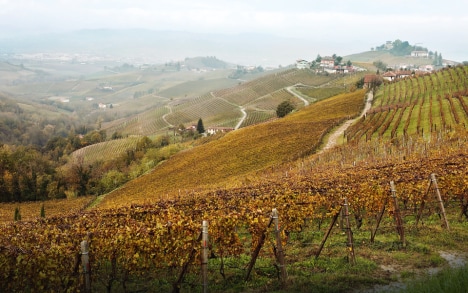
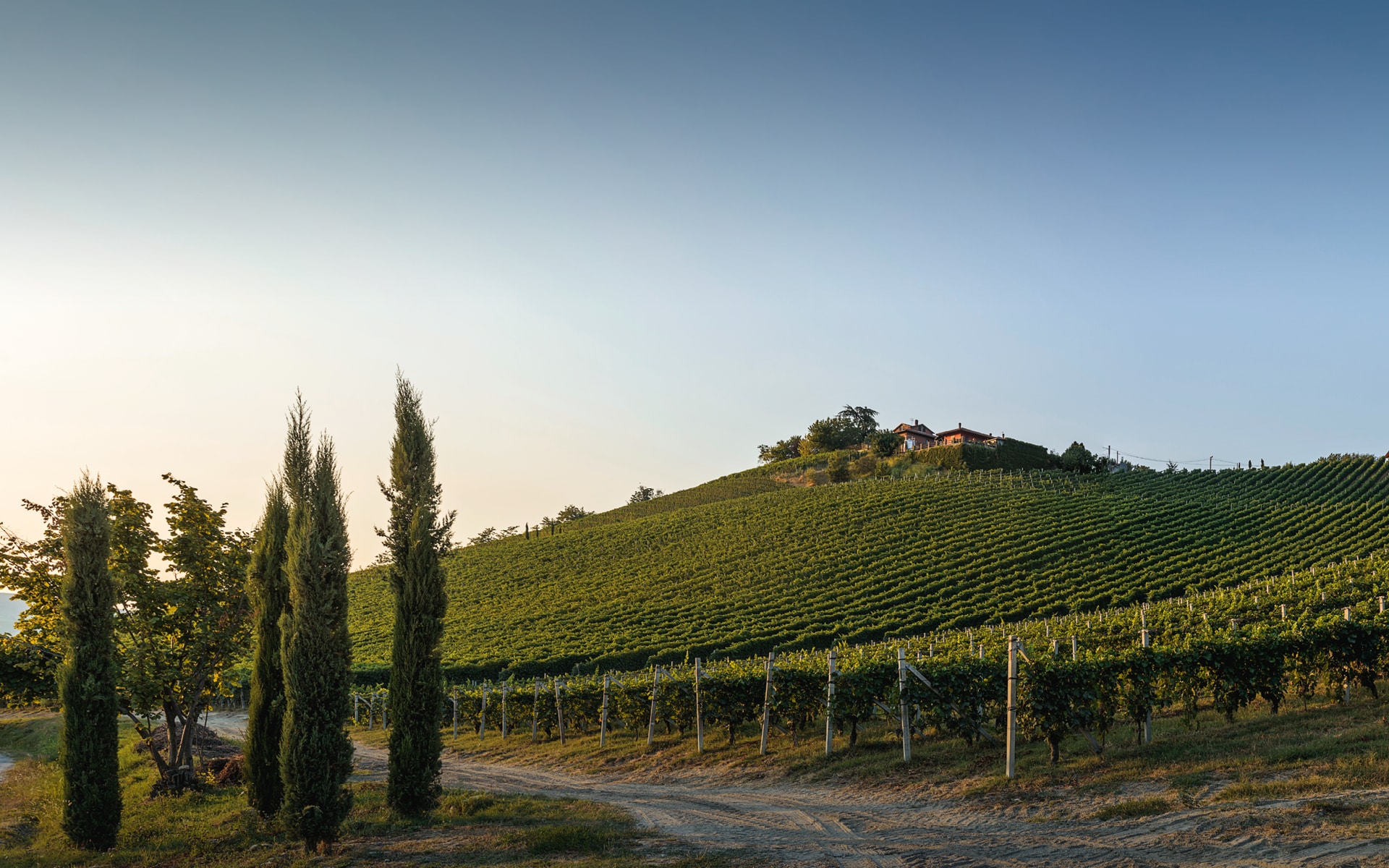
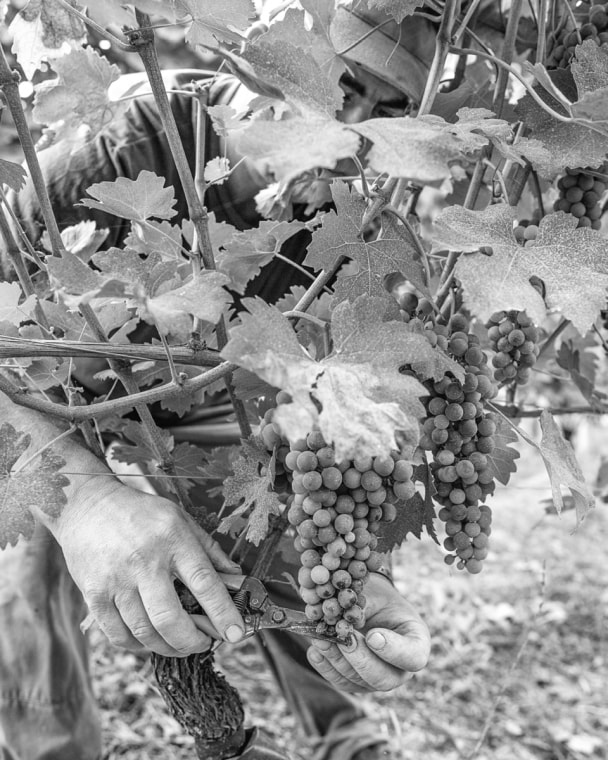
Tasting Notes
These tasting notes combine the memories and experiences, accumulated over the past three decades, of Dr. George Derbalian, the Lettres du Brassus wine expert, and yours truly.
015 Barbaresco.
This was a warm summer which terminated with storms in August and thereafter a drop in temperatures leading to a long maturation of the grapes. Nose of violets, roses with whiffs of coffee. Soft and delicate in the mouth with easy red cherries and other red fruits. Hints of licorice. Soft long finish.
2014 Sperss (Barolo).
A cold summer with a lot of rain. Harvest occurred in mid-November. Spicy nose with pink peppercorns. Bright and powerful on the palate with cranberries, leather, licorice backed with a profound structure well balanced with acid. Long structured finish.
2006 Gaia & Rey (Chardonnay).
This is a blend from two vineyards, one in Treiso (near Barbaresco) and the other in Serralunga d’Alba (the Barolo area). Gaia & Rey was the first Chardonnay to use French oak barrels and to undergo malolactic fermentation. Honeysuckle nose with flowers and roasted nuts. Weighty and round on the palate with hazelnuts. Long finish.
2014 Sori Tildin (Barbaresco).
Plum raspberry nose. Round and deep in the mouth with no edges. Beautiful red fruit finish.
1999 Sperss.
This is a full-throttle wine. Cinnamon and black currant nose leading to plums, earth, licorice on the mouth. Impressive intensity, power and balance. Extraordinary finish.
Other issues
Don't miss the latest issue
Sign Up for New Releases